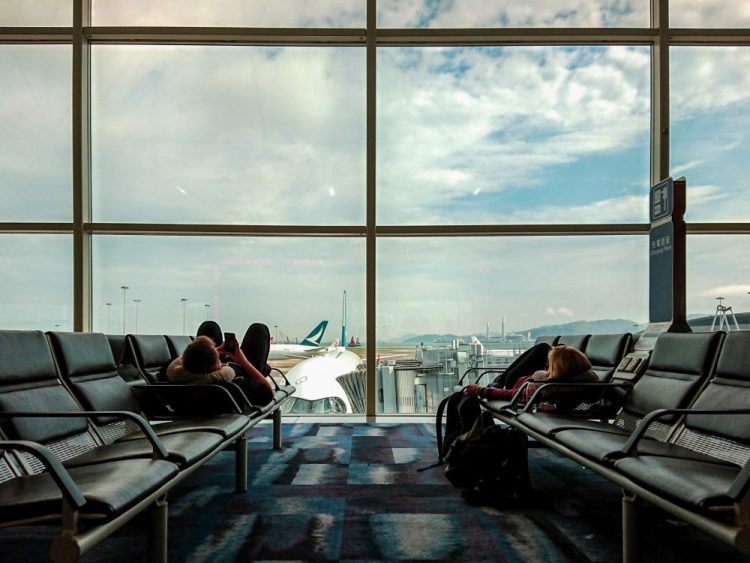: Navigating Layovers: Making the Most of Your In-Between Adventures

Flying often involves layovers, those in-between periods where travelers find themselves temporarily grounded before reaching their final destination. While layovers are sometimes viewed as mere inconveniences, savvy travelers understand that they can be transformed into unique and enriching experiences. This article explores the world of layovers, offering insights into how to make the most of these in-between adventures.
The Layover Experience:
A layover occurs when a passenger has to change planes en route to their final destination. These can range from brief stops lasting an hour or two to extended layovers that stretch over several hours or even overnight. While layovers are often considered a necessary part of air travel, they can be seen as opportunities rather than obstacles.
Strategic Planning:
One of the keys to maximizing your layover experience is strategic planning. When booking your flight, consider the layover duration and choose a connection time that aligns with your interests. A longer layover may allow you to explore the layover city, while a shorter one might be preferred if you’re looking to minimize your travel time.
Explore the Layover City:
Many airports are situated near vibrant cities, offering travelers a chance to explore a new destination, even if only for a few hours. Some airports have excellent transportation links to nearby attractions, making it easy to venture beyond the terminal. Researching and planning ahead can help you make the most of your layover, whether it’s sampling local cuisine, visiting landmarks, or experiencing the culture.
Airport Amenities:
While some layovers may not provide enough time for city exploration, airports themselves often offer a variety of amenities and services. Modern airports are designed with the comfort and entertainment of travelers in mind. From duty-free shopping and gourmet dining to art installations and lounges, there’s plenty to keep you occupied during your layover.
Relax and Recharge:
Traveling can be exhausting, and layovers can provide an opportunity to rest and recharge. Many airports have comfortable lounges, where travelers can enjoy amenities like showers, comfortable seating, and complimentary refreshments. Utilizing these facilities can help you arrive at your final destination feeling refreshed and ready to explore.
Cultural Immersion:
Layovers also offer a unique chance to experience a taste of the local culture. Some airports feature cultural exhibits, performances, or displays that showcase the region’s art, history, and traditions. Taking the time to immerse yourself in these cultural offerings can turn your layover into a mini cultural excursion.
Stay Connected:
In the digital age, staying connected during layovers has never been easier. Use your layover time to catch up on emails, share your travel experiences on social media, or connect with friends and family. Many airports provide free Wi-Fi, allowing you to stay productive and entertained while waiting for your next flight.
Plan B for Unexpected Delays:
While layovers can be planned strategically, unexpected delays or cancellations are always a possibility. It’s wise to have a backup plan in case your travel itinerary gets disrupted. Research alternative flights, nearby accommodations, and transportation options in advance to minimize stress if unforeseen circumstances arise.
Conclusion:
Layovers don’t have to be dull or frustrating. With careful planning and an adventurous mindset, travelers can turn layovers into memorable experiences. Whether exploring a new city, enjoying airport amenities, or simply taking a moment to relax, there are plenty of ways to make the most of your in-between adventures. Embrace the layover as an integral part of your journey, and you might just discover unexpected gems along the way.





